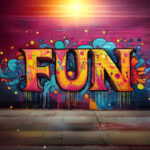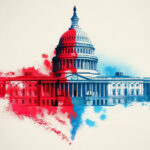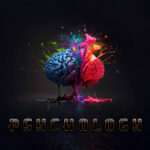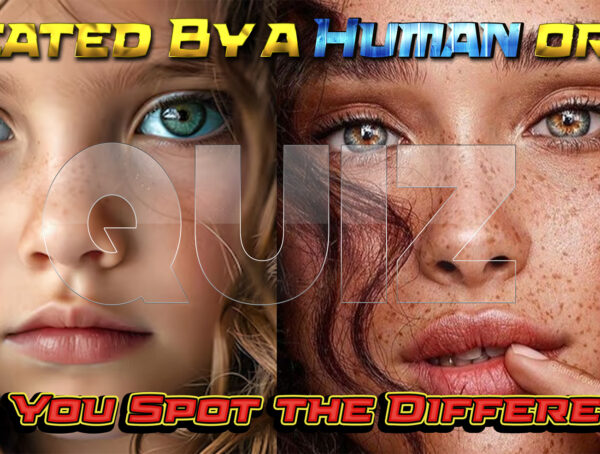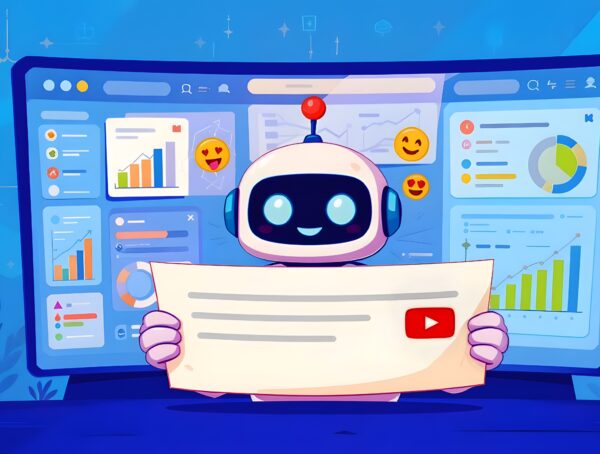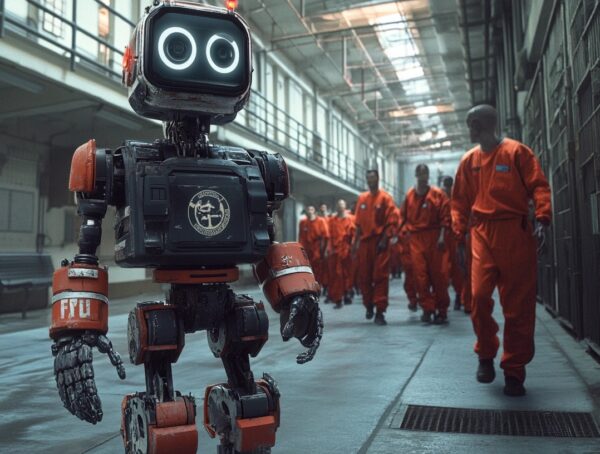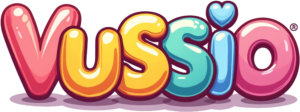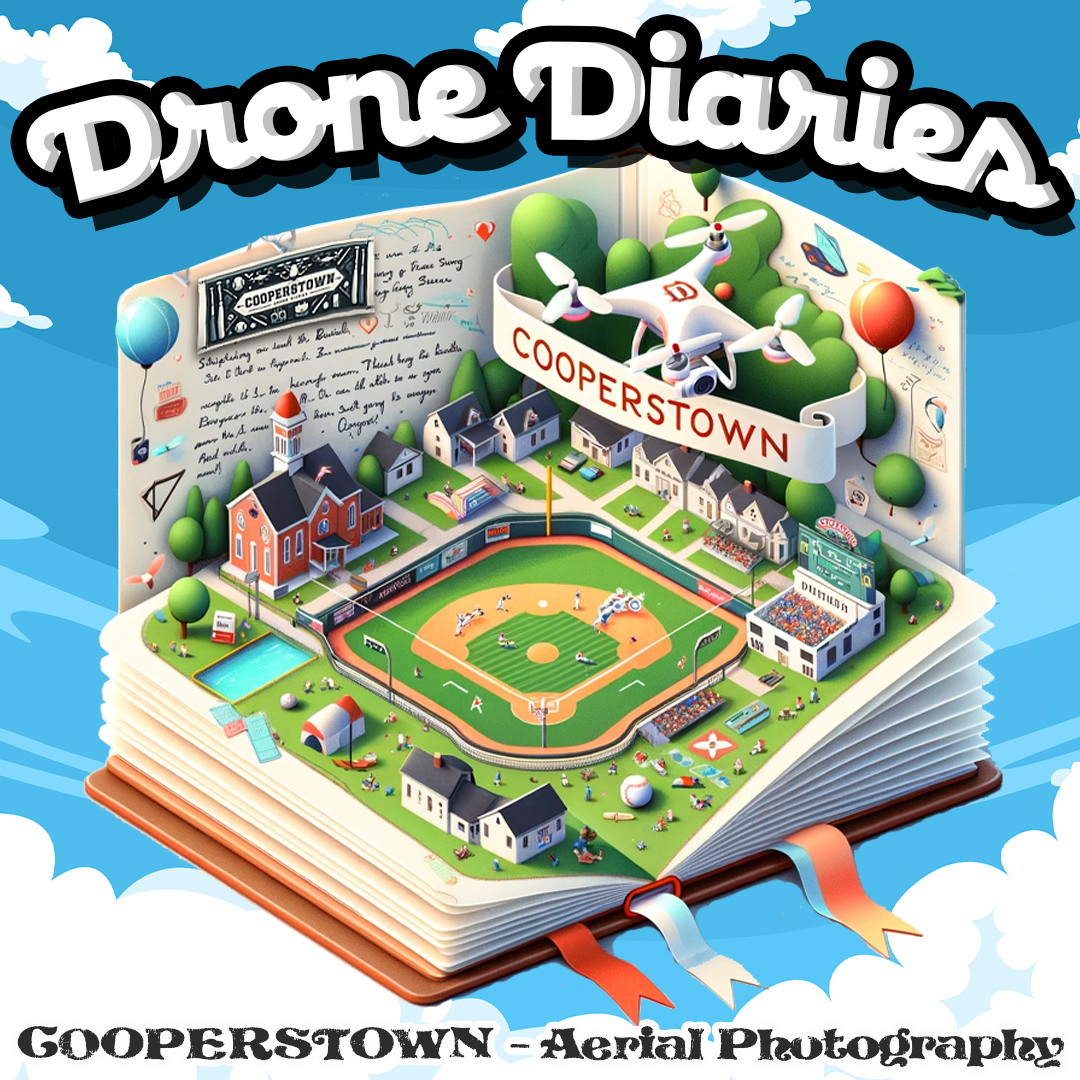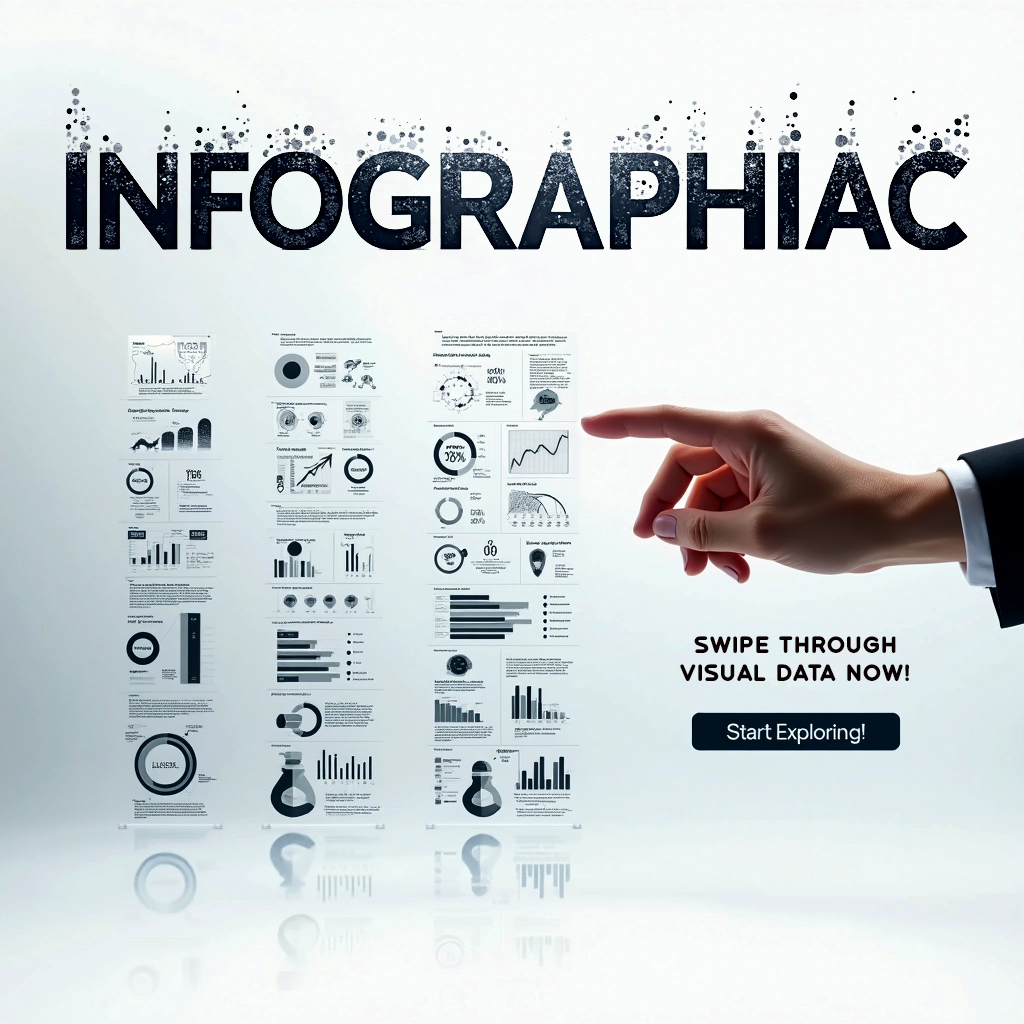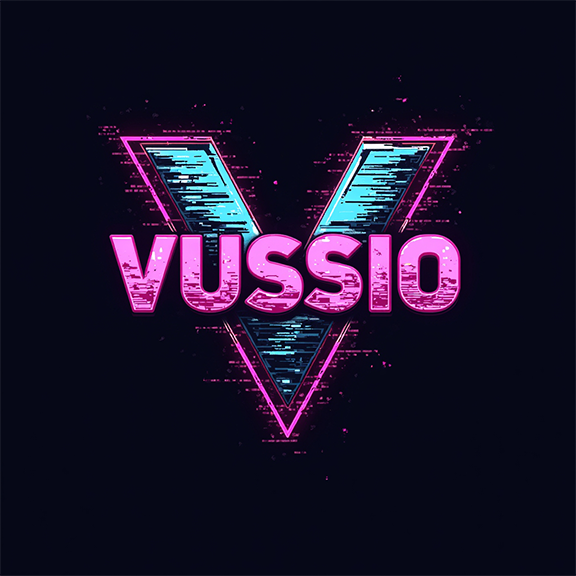TL;DR Summary:
The article explores the evolution of the internet, from the static Web 1.0, which connected people through basic content consumption, to the interactive and participatory Web 2.0, characterized by social media and user-generated content. Now transitioning into Web 3.0, the focus shifts to decentralization, blockchain, and AI-driven personalization, promising a smarter, more secure, and user-empowered internet. The anticipated Web 4.0 envisions a seamless integration of technology and human interaction, leveraging AI, IoT, and ubiquitous computing to redefine daily life. The narrative highlights both the transformative potential and ethical challenges of these advancements, emphasizing a pivotal era of societal and technological change.
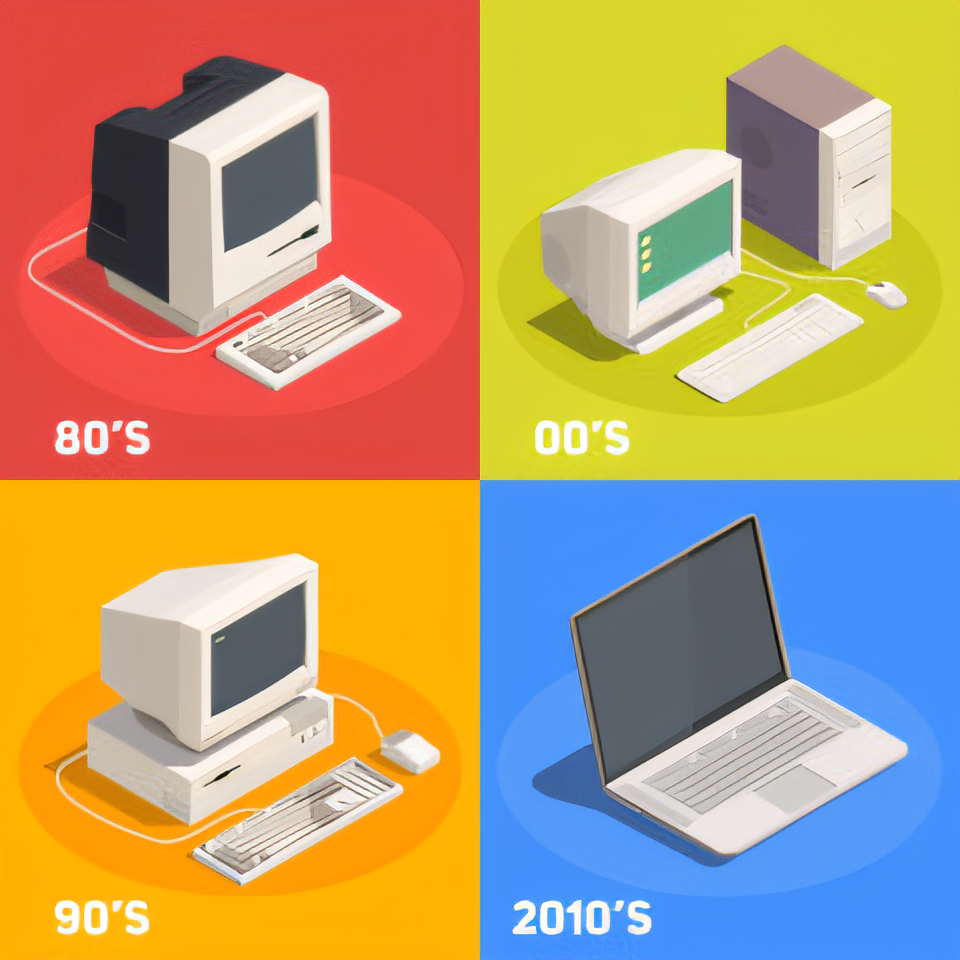 The digital landscape of today is nothing short of revolutionary. Emerging over the last century, we live in an era that’s drastically transformed our day-to-day lives, bringing new ways of living that previous generations could scarcely imagine. It is quite amazing.
The digitized lifestyle we navigate through today is a creation borne out of human intellect – a complete construct of our imagination and ingenuity. This new era we live in contrasts sharply with the 300,000 years of evolution and tradition that came before, and paints a vivid illustration of how the human brain can conceptualize realities that radically alter the fabric of human life. Shaped by a confluence of factors, from the invention of computers to advancements in telecommunications, one of the most influential has been the proliferation of the Internet and the birth of the World Wide Web. This conceptual revolution has altered significant aspects of our existence, introducing a new paradigm for living, communicating, and understanding the world around us. The transformative journey of
the internet is a tale of remarkable evolution from its humble beginnings to the dawn of a new era redefining our digital lives.
The digital landscape of today is nothing short of revolutionary. Emerging over the last century, we live in an era that’s drastically transformed our day-to-day lives, bringing new ways of living that previous generations could scarcely imagine. It is quite amazing.
The digitized lifestyle we navigate through today is a creation borne out of human intellect – a complete construct of our imagination and ingenuity. This new era we live in contrasts sharply with the 300,000 years of evolution and tradition that came before, and paints a vivid illustration of how the human brain can conceptualize realities that radically alter the fabric of human life. Shaped by a confluence of factors, from the invention of computers to advancements in telecommunications, one of the most influential has been the proliferation of the Internet and the birth of the World Wide Web. This conceptual revolution has altered significant aspects of our existence, introducing a new paradigm for living, communicating, and understanding the world around us. The transformative journey of
the internet is a tale of remarkable evolution from its humble beginnings to the dawn of a new era redefining our digital lives.  Let’s take a look at the pivotal moments that have cemented the Web’s role in society and how our digital universe has expanded, morphed, and become an integral part of society and the way we live. While the term Web 3.0 straightforwardly hints at the internet’s evolution, there’s a rich tapestry of details and innovations lying just beneath the surface, ready to be explored. Enter Web 1.0: the embryonic stage of the internet, a testament to human ingenuity that sowed the seeds for the global village of tomorrow.
Let’s take a look at the pivotal moments that have cemented the Web’s role in society and how our digital universe has expanded, morphed, and become an integral part of society and the way we live. While the term Web 3.0 straightforwardly hints at the internet’s evolution, there’s a rich tapestry of details and innovations lying just beneath the surface, ready to be explored. Enter Web 1.0: the embryonic stage of the internet, a testament to human ingenuity that sowed the seeds for the global village of tomorrow.
Web 1.0 – Connecting Americans Online
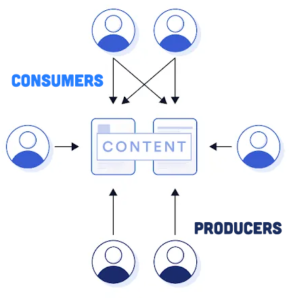 Picture this: the early ’90s, a digital frontier, during a time when computers started becoming known as common household items. Back then, internet access was still uncommon and mostly used in the business industry.
AOL (America Online) played a pivotal role in ushering the masses into the digital age during a time when the internet was largely uncharted territory for the average person. Their monumental influence in connecting ordinary people to the internet was significantly amplified by its aggressive marketing campaign distributing their installation CDs by any means possible to bring people online (back then disks and CDs were how everyone installed new apps).
Picture this: the early ’90s, a digital frontier, during a time when computers started becoming known as common household items. Back then, internet access was still uncommon and mostly used in the business industry.
AOL (America Online) played a pivotal role in ushering the masses into the digital age during a time when the internet was largely uncharted territory for the average person. Their monumental influence in connecting ordinary people to the internet was significantly amplified by its aggressive marketing campaign distributing their installation CDs by any means possible to bring people online (back then disks and CDs were how everyone installed new apps). 
These CDs became almost ubiquitous, turning up in mailboxes, attached to the pages of magazines, and even in cereal boxes. Back then, it was almost impossible to avoid encountering an an AOL installation CD offering free hours of internet access to entice new users. AOL left a lasting impression by streamlining the online experience, offering a unified platform that integrated email, instant messaging, exclusive content, and web browsing. Its user-friendly interface and the iconic “You’ve got mail” audio notification became symbols of the internet’s potential to connect people across distances.
It was a groundbreaking strategy, making AOL a household name from coast to coast by rolling out their aggressive marketing campaign, connecting millions with access to the internet. By literally putting the means to connect to the internet into people’s hands, AOL played a crucial role in our digital evolution, turning the internet from a niche technology into a mainstream utility. This bold move helped to spark widespread internet adoption, setting the stage for the connected world we live in today.
Interestingly, AOL’s email, instant messaging, and exclusive content was used significantly more than web browsing and visiting websites. In those days, web pages were not interactive but stood still, frozen in time like exhibits in a museum, mostly offering a one-way interactions with the ‘content’ around you. Or somewhat analogous to a real world library where you can only read the books, not write in them or move them around. This was the essence of Web 1.0 – this time period was eventually coined as Web 1.0 or the Static Web, marking the internet’s infancy, until its next phase of maturity in 2004.
Food & Restaurants: Imagine visiting a website for your favorite restaurant during Web 1.0. The site might display the menu, the restaurant’s location, and contact information. However, if you wanted to make a reservation or provide feedback on your last visit, you couldn’t do it directly through the website. Instead, you’d need to use a phone or fax machine separate from the web interface. Government Information: Government websites provided public information, such as regulations, public records, and reports, in a static format. Citizens could read the information but couldn’t submit forms, requests, or feedback through the site. It’s like reading a public notice board where you can only view the posted notices but can’t leave comments or questions for the authorities. Educational Resources: Imagine an online educational resource offering course materials, syllabi, and reading lists. In the Web 1.0 era, students could access and read the material but had no means to ask questions, engage with fellow students, or submit assignments through the website. It’s similar to borrowing a textbook from a library – you can read it, but you can’t interact with the author or other readers directly through the book
The Rise of Social Interaction: Web 2.0
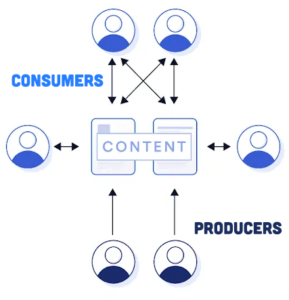 Fast forward to 2004 to the birth of the internet’s second iteration. Transitioning from the static pages of Web 1.0, the internet entered the
Web 2.0 era, or the
Social Web. These terms
entered the mainstream after a conference in 2004
organized by O’Reilly Media. The conference, named “Web 2.0,” was aimed at discussing and exploring the resurgence of the web following the dot-com bubble burst in the early 2000s. This event provided a platform for industry leaders to articulate a new vision for the web, which emphasized user-generated content, usability, and participatory culture. Several key trends and technologies had begun to change the way people used the internet:
Fast forward to 2004 to the birth of the internet’s second iteration. Transitioning from the static pages of Web 1.0, the internet entered the
Web 2.0 era, or the
Social Web. These terms
entered the mainstream after a conference in 2004
organized by O’Reilly Media. The conference, named “Web 2.0,” was aimed at discussing and exploring the resurgence of the web following the dot-com bubble burst in the early 2000s. This event provided a platform for industry leaders to articulate a new vision for the web, which emphasized user-generated content, usability, and participatory culture. Several key trends and technologies had begun to change the way people used the internet:
- Broadband Internet became more widespread, enhancing the online experience with faster speeds that supported more interactive content and applications.
- Social Media Platforms like MySpace (launched in 2003), LinkedIn (2003), and Facebook (2004) began gaining popularity, embodying the Web 2.0 ethos of social interaction and content sharing.
- Blogging took off as a mainstream activity, with platforms like WordPress (launched in 2003) and Blogger (acquired by Google in 2003) making it easy for anyone to publish online.
- AJAX (Asynchronous JavaScript and XML) and other technologies enabled more dynamic interactions on web pages, allowing content to update without a full page reload, which was a significant shift from the static pages characteristic of Web 1.0.
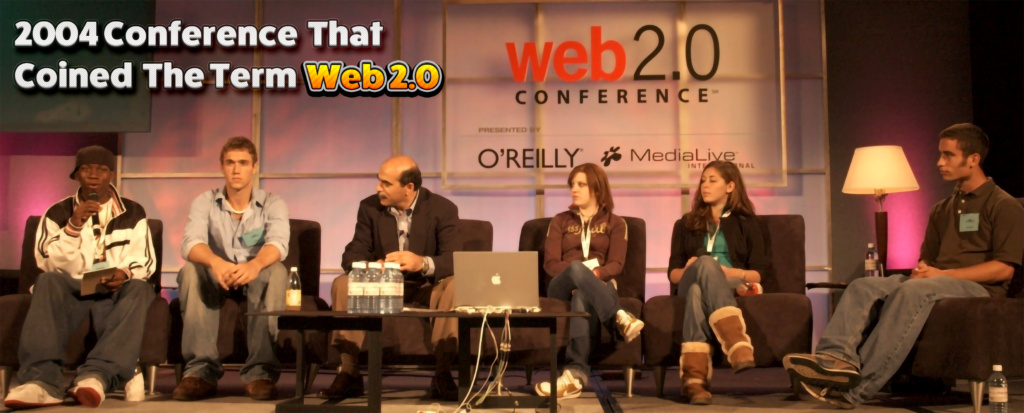
The key features of Web 2.0:
The internet’s second generation democratized content creation and distribution, making the internet a more participatory platform. It has influenced everything from how we communicate and shop to how we learn and share knowledge. As we wove the social tapestry tighter with Web 2.0, the horizon expanded yet again. The advent of Web 3.0 whispered the promise of a smarter, decentralized web—a vision that challenges us to reimagine our digital identities and the very essence of online community.
Web 3.0: The Decentralized Digital Frontier
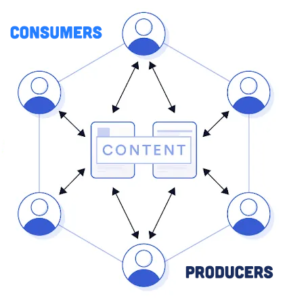
Today, we find ourselves surfing the nascent waves of Web 3.0, also known as the Semantic Web, a term that paints a future of a smarter, more interconnected digital world. Unlike its predecessors, which primarily focused on static webpages and the interactivity of social media, Web 3.0 introduces us to the idea of a decentralized, open internet. While enthusiasm for Web 3.0 began to surge in the early 2010s, it’s crucial to ground our discussion in the practical realities of today. The technologies underpinning Web 3.0 – decentralization, blockchain, and the semantic web– are indeed advancing, but their widespread adoption and integration into our daily digital lives are still in progress. These technologies offer the promise of a web where personal data is safeguarded against monopolistic control, transactions are secure and transparent, and digital interactions become more meaningful through enhanced personalization. At the heart of Web 3.0 is the principle of decentralization, aiming to distribute data across numerous nodes rather than storing it in central repositories. This approach seeks to enhance privacy and security while reducing the risks of censorship. Blockchain technology, a key component of this vision, is already being explored for a wide range of applications beyond cryptocurrencies, from secure voting systems to transparent supply chains. However, the full realization of this technology’s potential is still unfolding, with technical, regulatory, and adoption challenges to overcome. Moreover, the Semantic Web component of Web 3.0 aspires to make information more understandable and usable by machines, facilitating better data interconnectivity. While significant strides have been made, achieving a universally semantic web where computers can fully comprehend and process content like humans remains an ambitious goal. Finally, the integration of artificial intelligence and machine learning in Web 3.0 promises to make our digital interactions more personalized and efficient. Yet, the sophistication of these technologies varies greatly, and their effectiveness is often contingent upon the quality and quantity of data available, posing ongoing challenges in privacy and data protection. In sum, while Web 3.0 holds remarkable potential to transform the internet into a more secure, intelligent, and user-empowered space, it’s important to recognize the journey ahead. The transition to this new web era will require not only technological innovation but also a collective effort to address ethical considerations, regulatory frameworks, and global accessibility issues.
Decentralization
The core philosophy behind Web 3.0 is the shift from centralized, server-based websites and applications to decentralized networks. This means that instead of data being stored in a single location, it’s spread out across various nodes (computers) in a network, enhancing security and reducing the risk of censorship.
Semantic Web
The Semantic Web is an extension of the current web in which information is given well-defined meaning, better enabling computers and people to work in cooperation. It involves the use of standards, technologies, and languages that allow data to be connected and queried.
Artificial Intelligence
Web 3. 0 leverages AI and machine learning to understand and interpret the vast amounts of data generated by users, enabling more personalized and efficient interactions. This includes natural language processing, recommendation systems, and automated reasoning. Furthermore, Web 3. 0 enhances the user experience by facilitating decentralized applications that prioritize user privacy and data security. As users engage with these technologies, new challenges emerge, including selfdriving car ethical dilemmas that pose significant questions about decision-making in life-and-death situations. By addressing these complex issues, Web 3. 0 aims to create a more responsible and accountable digital ecosystem.
Cryptocurrencies and Digital Assets
At the core of Web 3.0, blockchain provides a secure, transparent, and immutable foundation for transactions and data storage, supporting cryptocurrencies, NFTs, and decentralized applications (dApps).
Enhanced Privacy, Security, and Interoperability:
Web 3.0 combines advanced encryption and secure peer-to-peer communications to protect user data, ensuring a safer and more private online experience. Additionally, it emphasizes interoperability between various blockchain networks and systems, facilitating seamless interactions across the Web 3.0 ecosystem.
- Ubiquitous Connectivity: The vision for Web 3.0 includes always-on, everywhere connectivity, often through IoT (Internet of Things) devices. This pervasive network aims to offer seamless, integrated experiences across various devices and platforms.
- Interoperability: A core goal of Web 3.0 is to create a more interoperable web, where different applications and services can work together seamlessly. This is particularly important in the context of decentralized applications, which need to operate across various blockchains and networks.
- Decentralized Autonomous Organizations (DAOs): DAOs are a form of organization represented by rules encoded as a computer program that is transparent, controlled by the organization members, and not influenced by a central government. DAOs are a foundational element of the decentralized ethos of Web 3.0.
- User Sovereignty: Lastly, Web 3.0 seeks to empower users with greater control over their online identities, data, and digital footprints. This is a shift from the Web 2.0 model, where tech giants could commodify user data for their benefit.
It’s not hard to see that we’re stepping into an era where the internet becomes an extension of our individual identities and preferences. The features and philosophies underpinning the internet as we know it today herald a future where digital sovereignty, privacy, and seamless connectivity are the digital ideals of the masses. 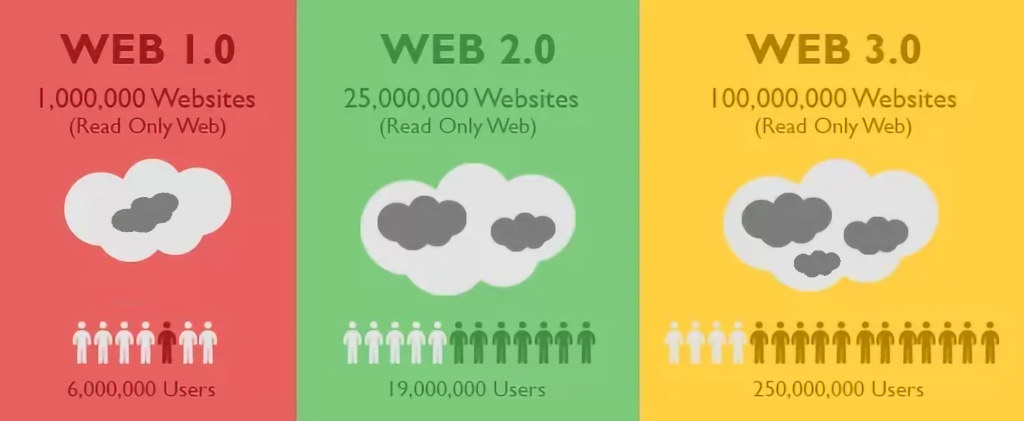
Global voices have expressed concerns over the implications of advancing digital technologies. These apprehensions, shared by individuals and echoed in political discourse, highlight the need for a closer examination of the challenges faced: Digital Divide
- Lack of internet access for significant portions of the global population.
- Disparities not just in access, but in the quality of connectivity and digital literacy.
- Affects individuals’ ability to effectively use and benefit from the web.
Privacy Concerns
- Increased sharing of personal data online raises the risk of misuse and data breaches.
- Questions about balancing personalized experiences with user privacy.
- The critical need for robust data protection measures and ethical data management.
Environmental Impact
- The substantial energy consumption required to power data centers and blockchain networks.
- Carbon emissions from the manufacture and operation of digital devices.
- The sustainability of advancing digital technologies amid growing environmental concerns.
On the Horizon: Web 4.0 and the Future
Web 4.0 looms as the next frontier, hinting at an era where the internet not only knows us but anticipates us. Web 3.0 is still ongoing, with technologies like blockchain and AI just beginning to show their full potential. If we consider the exponential pace our technology has grown, a fully realized Web 4.0 could start taking shape over the next decade, possibly in the 2030s. Over the past few years we’ve entered into a new generation, arguably more revolutionary than the birth of the internet. The force of Artificial Intelligence will undoubtedly usher in changes to humanity that eclipse those brought by the internet’s inception, and will likely be a large influencing aspect of 4.0. Here are some things we could expect:
It’s not just going to be about the technology but it’s about how we choose to use it, regulate it, and integrate it into the tapestry of society. Your fridge, your car, your watch—they’re all part of the conversation. The world becomes smarter, more connected, and yet, paradoxically, technology begins to fade into the background, becoming as natural and unobtrusive as breathing.Final Thoughts
n this relentless pursuit of digital progress, from the humble beginnings of Web 1. 0 to the uncharted territories of Web 4. 0, we’re not just observers but participants in a grand experiment. This journey challenges us to envision a future where technology and humanity converge in harmony. As technology continues growing exponentially more powerful, it will fundamentally transform our social fabric, cognitive processes, and the very paradigms under which we operate. It’s not just about the convenience of technology; it’s about entering into the next era of humanistic norms. It heralds a new age where the invisible hand of technology promises to elevate our daily lives, making the digital and physical realms indistinguishable in their interconnectedness. As we stand at the precipice of our Digital Revolution, it becomes clear we are a experiencing the most aggressive era that’s accelerating societal change significantly faster than every generation before us. From the day man mastered controlling fire (one million years ago), to the invention of writing systems (3200 BC) and the birth of the Industrial Revolution (18th Century), we are in the beginning stages of another transformative era that is as terrifying as it is exciting – we currently have no idea what direction this powerful technology will take, and how it will impact the way we live. The same technologies that promise to enrich our lives can also bear the potential for dystopian surveillance and societal control. The invisible nature of these technologies, while offering unprecedented assistance, could also lead to unseen influences over our human existence, shaping our perceptions and actions in ways that we may not fully understand or control. As we approach the threshold of the Web’s fourth chapter, we find ourselves at the cusp of a new renaissance, set to ignite a level of enlightenment the world has yet to witness – continuing our human quest to transcend natures traditional boundaries through innovation and technology to live comfortably and appreciate life. In this complex landscape, we must navigate the ethical implications of our technological advancements, particularly as they intersect with crucial societal frameworks like ai and the prison system. The potential for artificial intelligence to influence areas such as law enforcement and rehabilitation raises profound questions about justice, equity, and human rights. As we integrate these powerful tools into our lives, we must remain vigilant, ensuring that our pursuit of progress does not sacrifice the very values that define our humanity.
More from A.I.
Can You Tell If This Art Is Human or AI? Most People Can’t!
Once upon a time, art was the way humans flexed, a way to show off our emotions, imagination, and skill. …
YouTube Comments Hold the Truth, So I Built an AI Tool to Read All of Them
Let’s cut straight through it. The internet isn’t just casually dishonest, it thrives on deception. Everyone knows it, and YouTube …
AI’s Prison Takeover: Are We Creating a Orwellian Dystopia?
The modern world is almost fully integrated with artificial intelligence, and prisons are starting to benefit from AI innovations too. …






